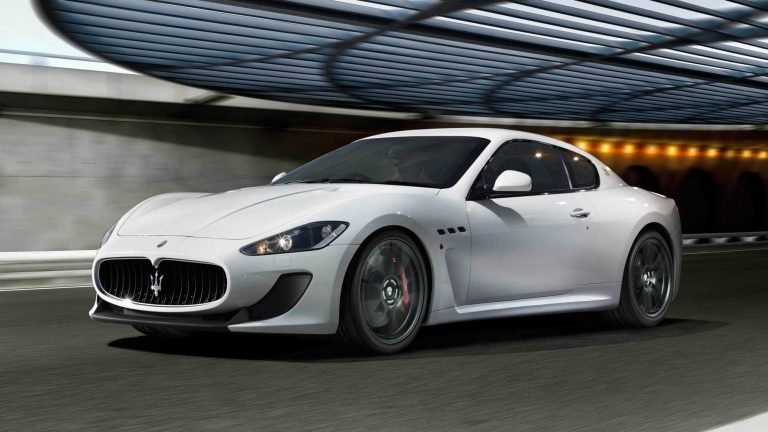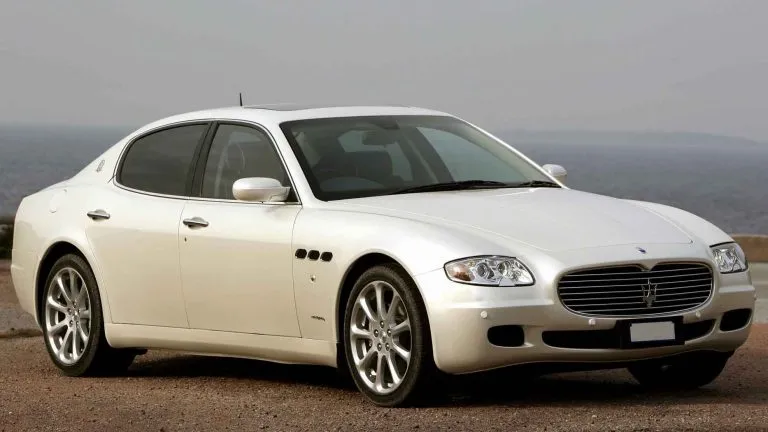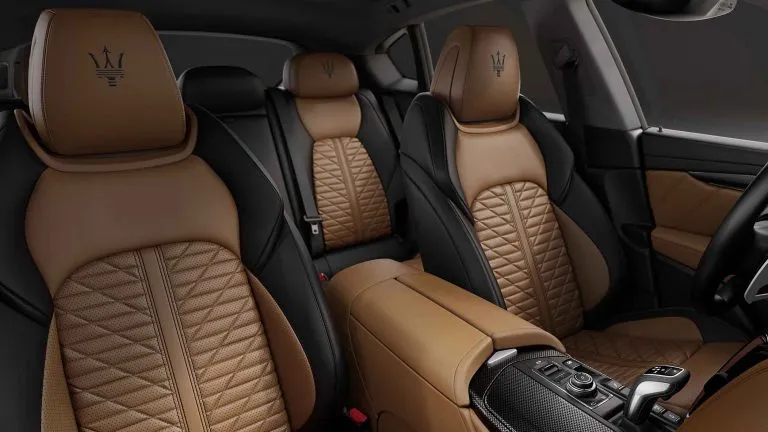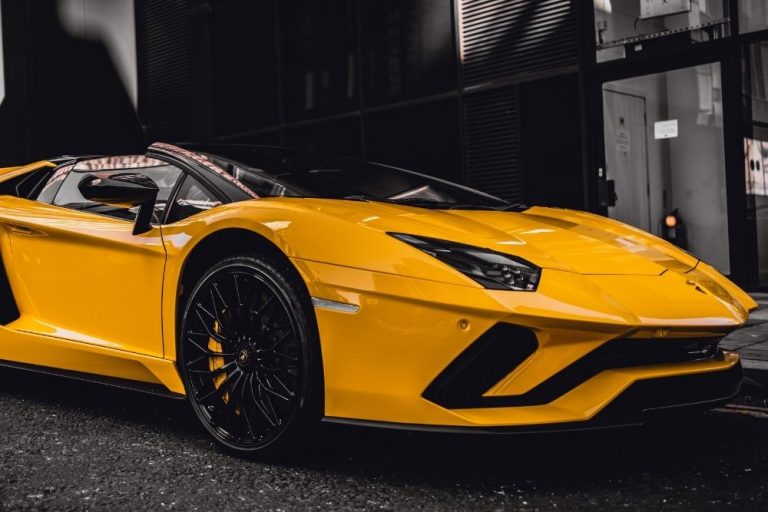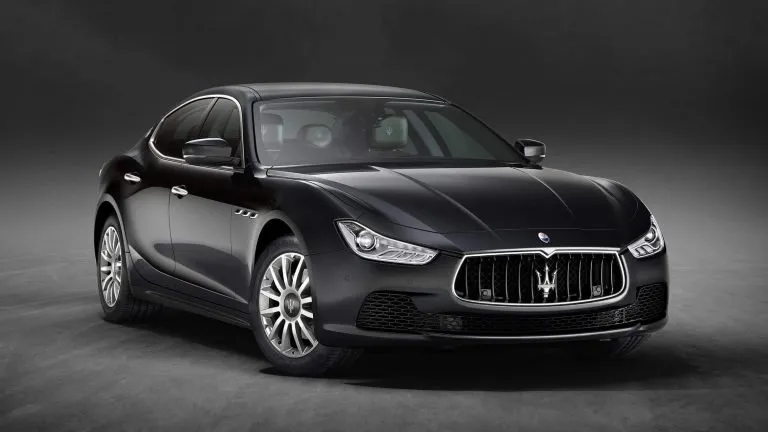2017 Maserati GranTurismo – 10 Years On (Detailed Review)
For 2017, Maserati was entering another landmark; this year would herald ten years for the GranTurismo. In all that time, during the decade, the car had remained practically unchanged. As other competitors could not resist to continually tinker with their model designs (bodywork, front and back light configurations etc.), Maserati rolled out production of the GranTurismo, in 2008, and never looked back. When they had created motoring genius, both in looks and driving experience, there was no need to upgrade perfection.
Maserati would see even better car sales than the year previously, as 25% more units were shifted worldwide with 51,500 sold. These last four years were hugely impressive for the Italian carmaker with over 162,000 sold during the 2014 to 2017 period. By comparison, in the years between 1999 to 2002 saw just 5,800 cars sold.
But this year would mark another auspicious occasion. It would be 60 years since the ‘Maestros of Modena’ produced their very first Grand Tourer – 3500 GT. To celebrate this anniversary, Maserati would create another limited edition, of just 400 automobiles, that had bespoke paintwork and leather upholstery. It would also include a commemorative plaque that signified the special year.
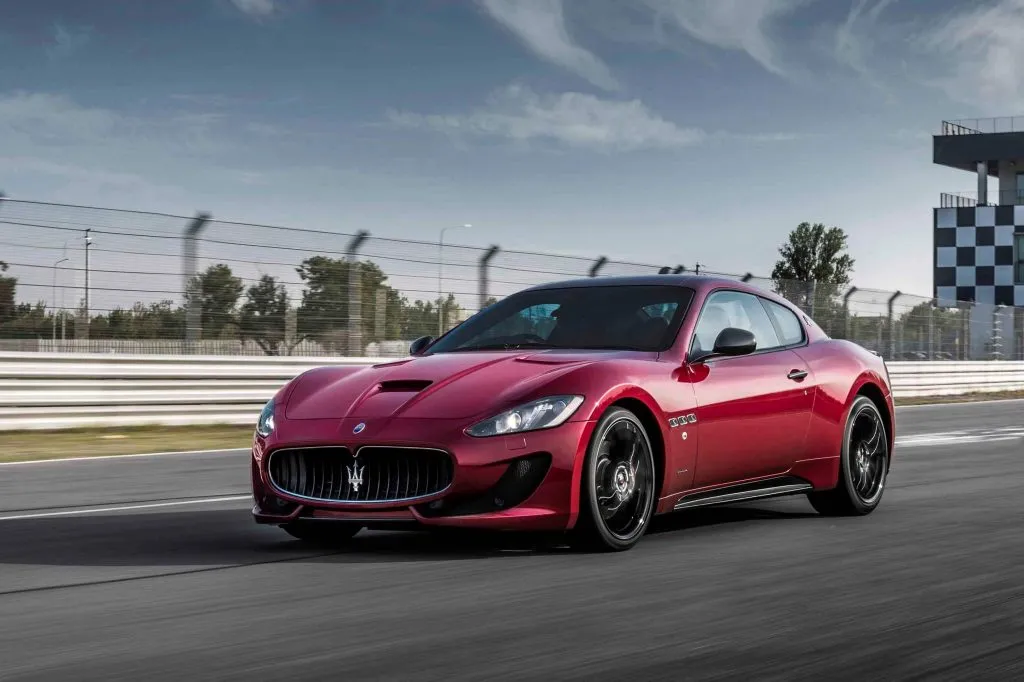
The Centennial Editions of the 2017 Maserati GranTurismo were still available while the rest of the seven model fleet were still the same as previous years. But this was the beginning of the end for this beguiling Italian GT as Maserati had already announced that production would be discontinued.
But the model was showing its age. As its rivals were upgrading their interior technology and safety modifications, GranTurismo had not done so. But a lot of this was due to the fact that this was never much of a priority for the Trident. A good example of this was the fact that there were no front parking sensors, as Maserati redesigned the front spoilers with new air splitters to enhance aerodynamics and increase downforce.
If you were more concerned about parking the GranTurismo then driving it at full speed around hairpin bends, then you were probably in the wrong car. In Maserati’s eyes, racing drivers don’t worry about parking or pairing their phone.
So time was running down for prospective buyers to be able to become an owner of one of these iconic GT’s.
Racing Heritage Under the Hood
As per Maserati’s obsession with driving excellence, though there were no visible alterations to the GranTurismo, plenty had occurred under the hood. Scrutinizing every aspect of the engine would ensure that they squeeze every last digit of horsepower and torque out of the 4.7 liter Ferrari V8 engine. With the Base convertible model producing 444 bhp and 376 lb-ft of torque, they would be able to improve on this and achieve 454 bhp and 384 lb-ft of torque. But this was only achievable by the participation of a racing engineer with impeccable credentials – Snr Paolo Martinelli.
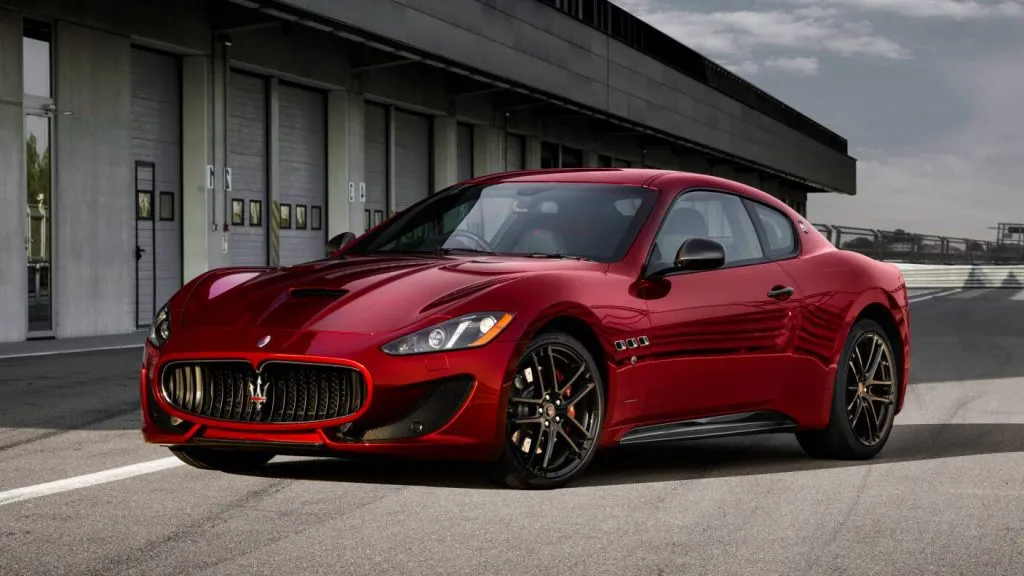
Snr Martinelli knew Ferrari engines very well. During the years that Michael Schumacher was winning F1 Championships year on year, with the Scuderia Ferrari, Martinelli was the team’s engineer who oversaw the performance of the racing car’s V10 engines. So though this might not have been the most powerful or fastest exotic car on the road, for its size it was set at its most optimum driving performance. This is why the GT is such a thrill every time you get behind the wheel. Maserati even tasked sound engineers to study the exhaust and to find ways to increase the beastly growl of the car even more.
With these engine improvements, the performance of the 2017 Maserati GranTurismo would be impressive still. The Sport Automatic could make 0-60 in 4.8 seconds while hitting a top speed of 186 mph (300 kmh). If the automated manual gearbox was fitted instead, then these numbers improved to 4.7 seconds for the acceleration and its top speed was 187 mph.
MC is for Racing
Though the 2017 Maserati GranTurismo MC offered the same engine and similar output, it could outperform the Sport as aerodynamics were heightened even more. For models sold outside of America (known as the MC Stradale), they would reduce weight by over 200 lbs as the rear seats were removed and the front seats were swapped out for lightweight carbon fiber bucket seats that held you in with a proper racing harness. This was a car not for the faint hearted.
To add to the racing feel, the car’s profile was lowered to give the driver the optimum view while the suspension was set with fixed dampers and 10% stiffer springs. This was simply a reincarnation of a street legal replica of their famous racing car Maserati had produced to race a few years before.
The GranTurismo MC Stradale could make 0-60 in 4.5 seconds and hit a top speed of 188 mph.
Going Through the Gears
Similar to the 3500 GT, of 60 years ago, transmission for the 2017 Maserati GranTurismo was provided by the Germans from ZF. Maybe another example of Maserati’s stubbornness to strictly adhere to driving perfection and avoid any unnecessary changes. The standard six-speed automatic transmission could be set into two driving modes – Sport & Race – and they deliver just as they were written on the button.
Once engaged, shift changes are faster as they are completed in 200 milliseconds while the rev count is pushed higher until it meets the redline. Suspension becomes firmer as the springs get 10% harder to anticipate the robust driving needs. To add to the thrill, after 3,000 rpm the exhaust baffles are bypassed to allow the engine roar to increase.

But for the MC Stradale and as an option for the Sport, the transmission is replaced by the MC Race Shift six-speed robotized automated gearbox. With this transmission the driver can have more manual control and change the gears through the gear stick or via the shift paddles on the steering wheel. Shift changes are at blistering speeds of only 60 milliseconds. The Maserati Corse is built for racing and nothing else.
Racing Line
With both engine output and shift changes set at high performance, the 2017 Maserati GranTurismo also delivers an excellent driving experience through the steering wheel. The GT has an intuitive response to driving at high speed and taking corners at a clip. The GranTurismo holds the racing line, as it zips into and roars out of corners and tight bends, as if riding on rails. This has been achieved by a variety of driving aids.

The first would be excellent chassis design as the car had perfect balance with the weight ratio setup of 49/51 front to rear. If the automated manual transmission was installed, the ratio changed to 47/53 as the gearbox sat at the back of the car over the rear axle. This would minimize any chance of over or under steer and drift. Grip was enhanced by the Pirelli P-Zero radials that had a staggered width of 245 mm in the front and 285 mm in the rear.
Even the least experienced driver could take some delight from the car as it drove at speed but there would be several driving assistance systems to ensure the excitement does not get out of hand. This would be achieved by the installation of stability and traction control as well as anti-lock brakes.
To keep the ride inside the cabin smooth and to minimize body roll, as the GranTurismo threw itself into corners, the automobile was fitted with the adaptive ‘Skyhook’ suspension system. The intelligence of the system would read the turns and rough road surfaces and compensate for its occupants.
Luxury Defined
The interior of the 2017 Maserati GranTurismo is elegant luxury, with fine leather throughout. The hides come from Poltrona Frau and they supply car leather to many motor companies. But their finest leather is exclusive to just two – Ferrari and Maserati. This covers most of the cabin, from the integrated front seats and headrests to the side panels, dash, steering wheel and gear stick. There are eight different tones for the Frau leather and this is matched up with 13 types of thread for the piping and hand stitching.
Other luxuriant surfaces and textures fill out the rest of the interior. These are available in chrome, French lacquer or three different types of wood. Even the carpets come in a variety of colors to match with the drilled aluminum pedals.

The exterior bodywork had a choice of 21 different paints while the three layered canvas top (which could be sunk into the bodywork in 24 seconds even while the car was moving at under 20 mph) had six different tones to choose from.
The 20 inch alloy hubs came in four designs and could be painted black or bright silver and the Brembo brake calipers had eight choices of color.
Onboard Sounds
The Infotainment system was still from Bose. The 11 speaker Surround Sound System came with a satellite radio and a CD player that could download music on to a 33gb hard drive. There was connectivity for both Smartphones and media players through Bluetooth and auxiliary ports. The seven inch touchscreen sat nav would store its road information within the hard drive as well.
A decade on and the Maserati GranTurismo was still cruising at a level most competitors only dreamt of.


